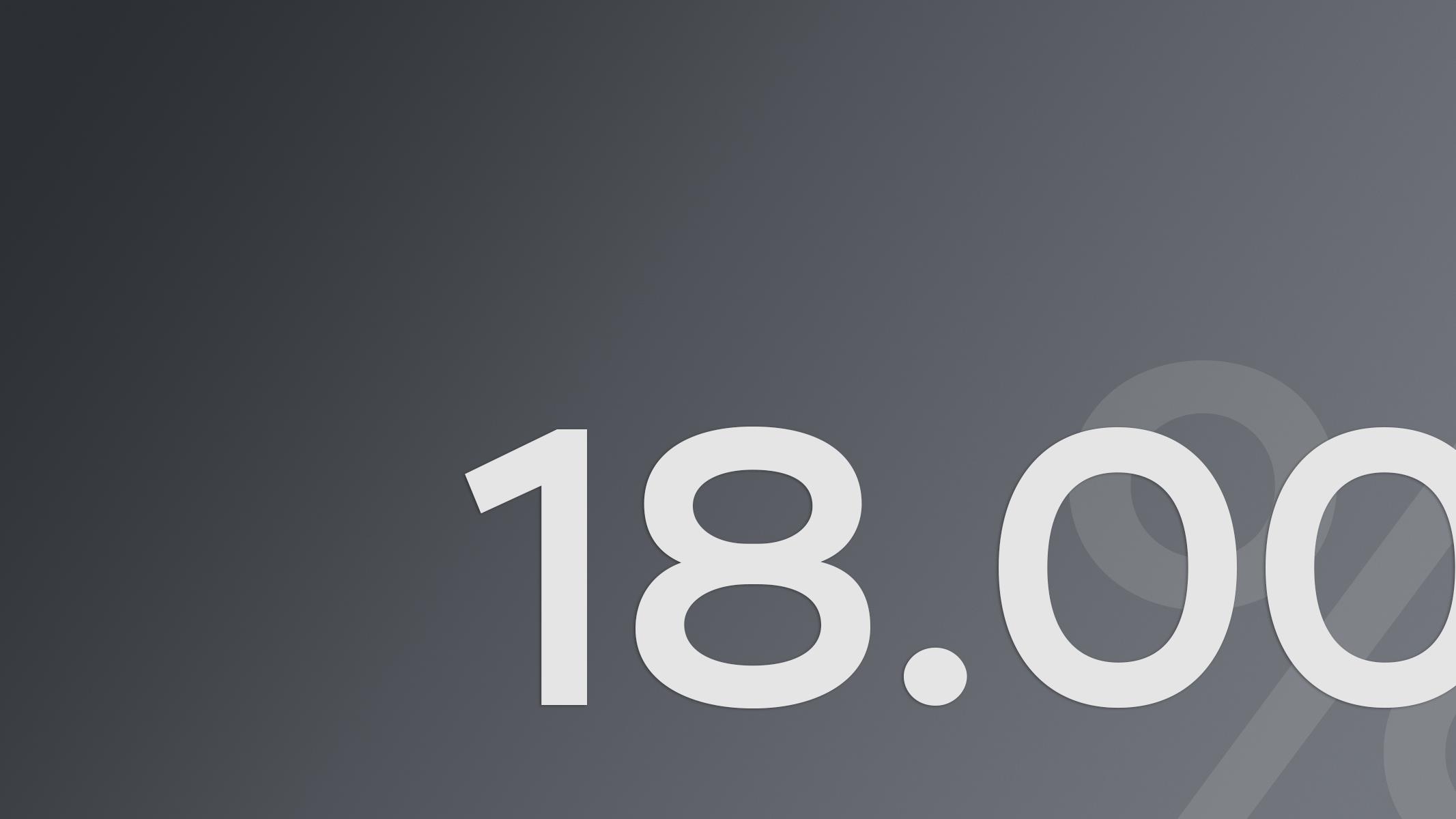On 25 July 2025, the Bank of Russia Board of Directors decided to cut the key rate by 200 basis points to 18.00% per annum. Current inflationary pressures, including underlying ones, are declining faster than previously forecast. Domestic demand growth is slowing. The economy continues to return to a balanced growth path.
The Bank of Russia will maintain monetary conditions as tight as necessary to return inflation to the target in 2026. In the baseline scenario, this implies an average key rate in the range of
In 2025 Q2, the current seasonally adjusted price growth went down to 4.8% in annualised terms from the average of 8.2% in 2025 Q1. The similar indicator of core inflation equalled 4.5% after the average of 8.8% in the previous quarter. As of 21 July, annual inflation was 9.2%. Concurrently, in July, monthly increase in consumer price index will temporarily rise due to the significantly adjusted utility tariffs.
The impact of tight monetary conditions on demand is becoming increasingly evident in decreasing inflationary pressures. The effects of tight monetary policy, including through the ruble appreciation, are more prominently seen in the low growth in prices for non-food products. These effects are becoming gradually evident in decreasing inflationary pressures in the segments of food products and services as well. Price dynamics remain uneven, but the scatter between consumer basket components has slightly narrowed.
A stable downward trend in inflation expectations has not yet formed. Long-term expectations calculated from financial market instruments have slightly decreased. Inflation expectations of analysts and households have seen no significant changes. In July, price expectations of businesses edged up for the first time since the beginning of the year. Overall, inflation expectations remain elevated. This may impede a more sustainable slowdown in inflation.
The upward deviation of the Russian economy from a balanced growth path is narrowing. High-frequency data, including those for 2025 Q2, and survey indicators show a further slowdown in domestic demand growth with continued moderate growth of economic activity in general.
There are more signs of a softening in the labour market. According to surveys, the share of enterprises experiencing labour shortages continues to shrink. Labour demand in certain industries has been decreasing with a reallocation of employees across industries. Wages rise more slowly than in 2024, but their growth rate is still outpacing the growth in labour productivity. The unemployment rate is at its record lows.
Monetary conditions remain tight under the impact of the monetary policy pursued and autonomous factors. Since June, nominal interest rates have declined in most segments of the financial market following the key rate cut and the revision of market participants’ expectations for its further path, but they are still high in real terms. Non-price bank lending conditions remain tight as well.
Although deposit rates have decreased, households continue to demonstrate high propensity to save. Lending dynamics are uneven across segments. Unsecured consumer lending is shrinking, while the portfolio of mortgage and corporate loans is moderately increasing. Lending activity remains generally subdued.
Proinflationary risks prevail over disinflationary ones in the
The Bank of Russia takes into account the announced parameters of fiscal policy. Its normalisation in 2025 will have a disinflationary effect. Changes in the fiscal policy parameters may require an adjustment in the monetary policy pursued.
Following the Board of Directors’ key rate meeting on 25 July 2025, the Bank of Russia has updated its medium-term forecast.
On 6 August 2025 the Bank of Russia releases the Summary of the Key Rate Discussion and the Commentary on the Medium-term Forecast.
The Bank of Russia Board of Directors will hold its next key rate meeting on 12 September 2025. The press release on the Bank of Russia Board decision is to be published at 13.30 Moscow time.
The reference to the Press Service is mandatory if you intend to use this material.
25.07.2025 13.30.00

